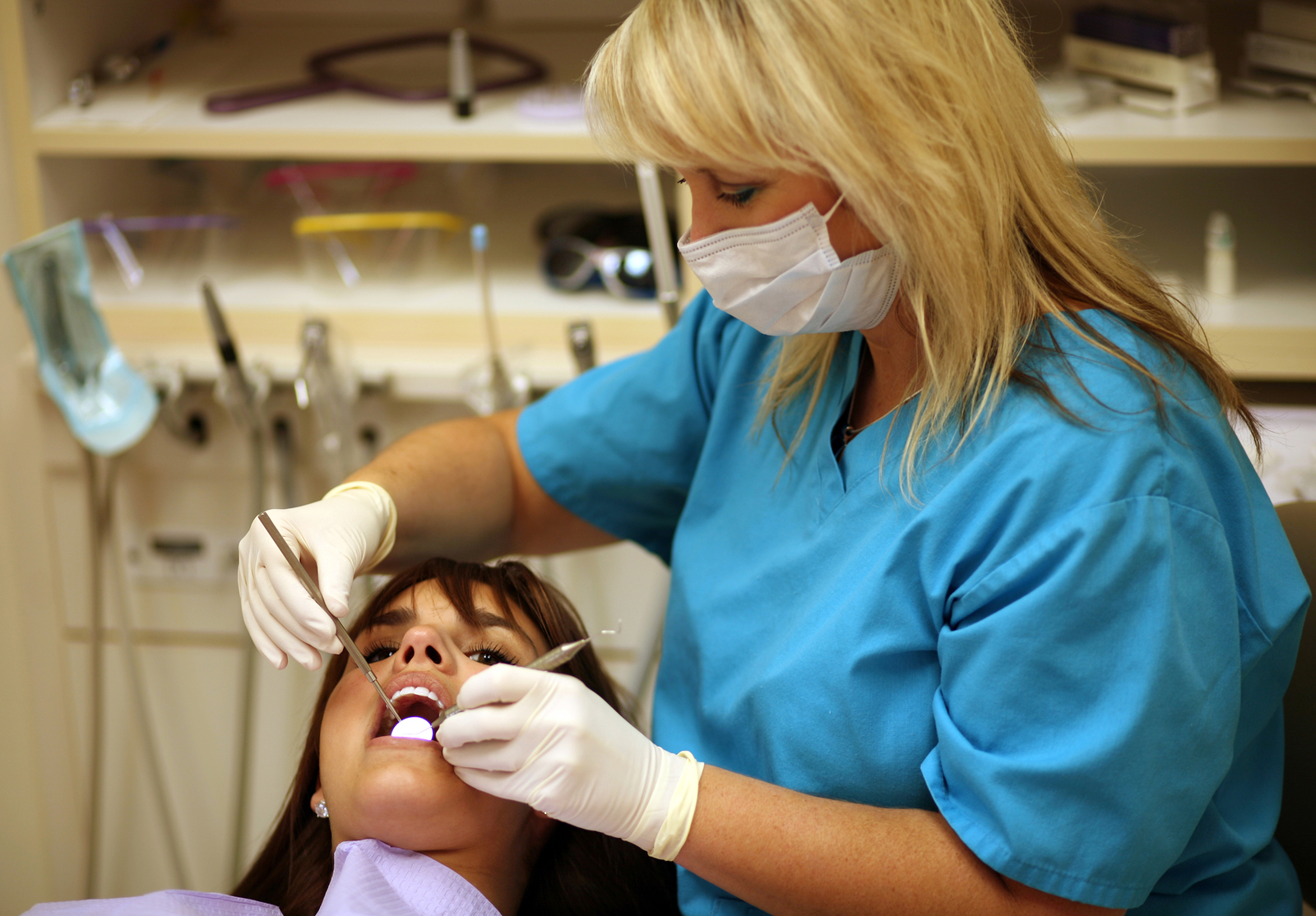You’ve heard it talked about. You know you want to prevent it, but what are the real facts? Here’s what you need to know about gingivitis:
What is Gingivitis?
Gingivitis, simply put, is the inflammation of your gum tissue. It is the first stage of periodontal disease, also commonly known as gum disease. It is a very common condition, affecting almost 50% of adults in the U.S. The good news is that with a little extra care, gingivitis can be prevented and reversed in most cases.
Do I Have Gingivitis?
One of the most noticeable signs of gingivitis is bleeding gums. If your gums bleed when you brush or floss, that’s a sign of inflamed gums. Gums may also appear red or swollen, and in some cases, gums are visibly receding or pulling away from the tooth.
Long-term Effects
If left untreated, gingivitis becomes periodontitis, a more advanced stage of gum disease. Periodontitis results in the gum pulling away from the tooth, allowing even more food particles and bacteria into those spaces. This continues the vicious cycle of inflammation and can eventually lead to tooth loss and permanent damage to the jaw bone.
Common Causes
Gum disease is caused by neglect when it comes to your oral health routine. By brushing and flossing consistently and correctly, you are effectively removing bacteria from in between your teeth and around the gum line. If you’re not attending to your oral health routine as well as you should, the bacteria in your mouth can grow out of control, causing inflammation of the gums.
None of us are perfect when it comes to our at-home dental health routine, and that’s why gingivitis is so common. It’s easy to skimp on your oral health, but it’s also easy to change your habits and improve the health of your mouth.
Preventative Care
Take a look at your daily care regimen. Here are a few recommendations for taking the best possible care of your teeth and preventing gum disease.
- Brush your teeth for two full minutes twice a day. Be sure to use a soft toothbrush and gentle movements that clean bacteria from around the gum line as well as off the surface of teeth.
- Floss at least once a day. It you just hate using floss, there are alternative interdental cleaners like dental picks, pre-threaded flossers, or tiny brushes that reach between the teeth. While these tools are better than not cleaning between your teeth at all, flossing has been proven to give the best results.
- Stay hydrated throughout the day! Drinking lots of water helps to wash the harmful bacteria out of your mouth.
- Don’t skimp on going to the dentist. It’s recommended that you see your dentist for a check-up and cleaning at least twice a year. If you know it’s been longer than six months since the last time you saw your dentist, schedule an appointment as soon as possible. If you don’t have a regular dentist or are looking for a dentist that will better suit your needs, call Elite Smiles today!

